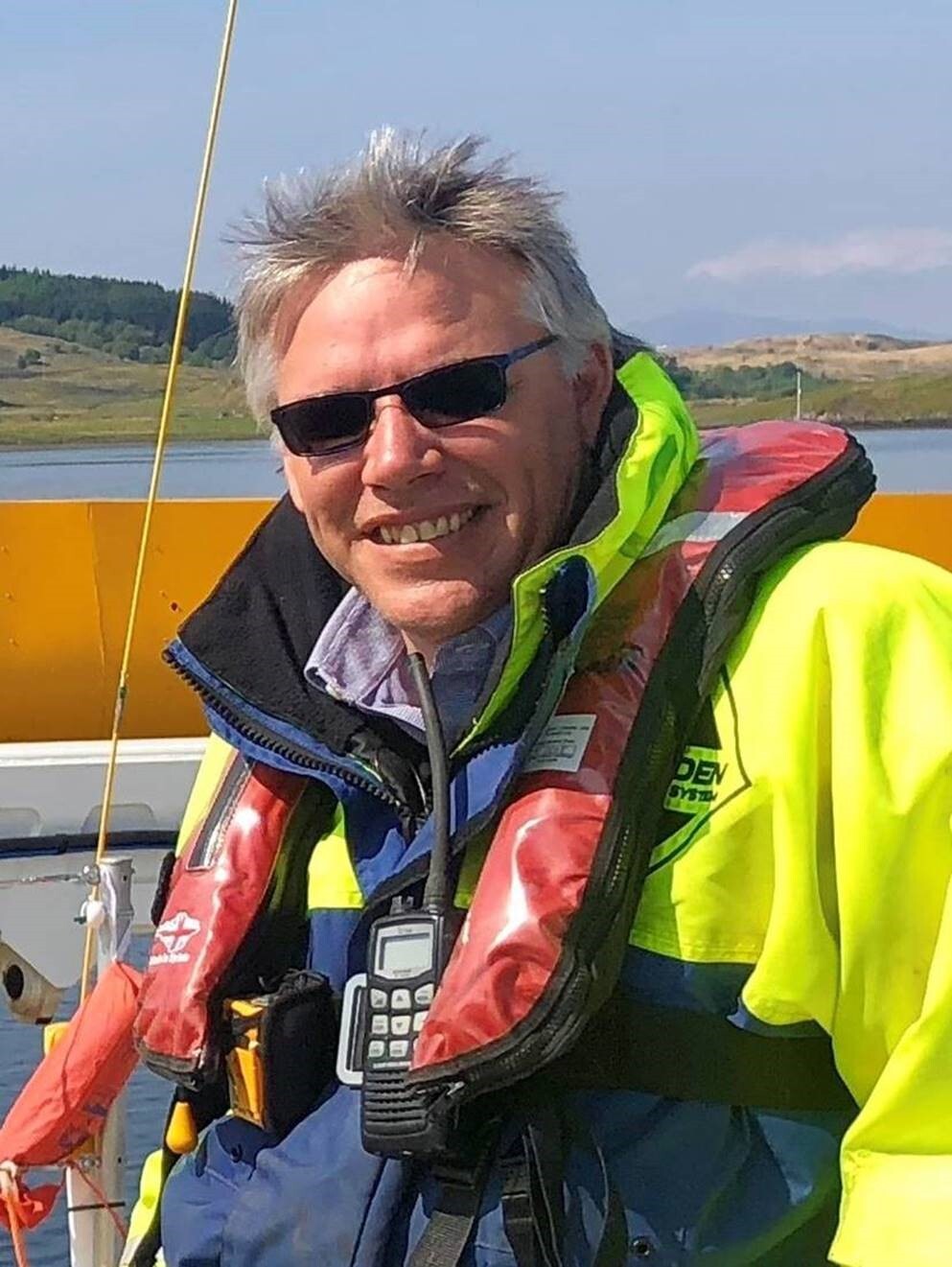Our next Cleantech Coast to Coast Road Trip stop is Dartmouth, Nova Scotia. It’s known as the City of Lakes with 23 within its boundaries great for kayaking, windsurfing, canoeing, and swimming. Dartmouth has the oldest continuously operating salt water ferry service in North America and was one of the filming locations for the Trailer Park Boys TV show. We dropped in (virtually!) to visit Sustainable Marine, located next to one of the world’s best locations for tidal power.
Sustainable Marine is a leading provider of coastal and nearshore renewable energy solutions. Its goal is to power island and coastal communities, and energize the blue economy using sustainable forms of energy generation.
The company has been harnessing the power of the tides since 2012. The company’s headquarters is in Edinburgh, Scotland, with offices in Dartmouth, NS, and Germany. Tidal power is the most predictable form of renewable energy for power generation.
“We have developed a responsible, phased approach that enables rapid learning and development of a tidal system that will perform over the long term in extremely high energy environments, such as the Minas Passage,” said Jason Hayman, CEO of Sustainable Marine.
Since 2018, Nova Scotia’s Grand Passage has been the home to PLAT-I 4.63 (280kW) floating tidal energy platform, which was a demonstration project. First tested in Scotland, this platform has been successful on the east coast, even withstanding Hurricane Dorian in September 2019.
IIn February 2021, the Sustainable Marine team launched a new platform 50% more powerful called PLAT-I 6.40. The platform features six turbine blades (foils). It is suitable for both tidal and river applications, passively aligning with the flow of water. While the turbine foils are underwater to harness the energy of the tides, they can be lifted above the surface for inspection and maintenance. To ensure predictable energy generation, they use Swift Anchors that ensure the platforms stay in place.
The plan is to link the first three tidal platforms together to create the world’s first tidal array. Extensive environmental monitoring testing continues to be carried out in preparation for the Pempa’q In-stream Tidal Energy Project at the Fundy Ocean Research Centre for Energy (FORCE).
The plan is to link three of the PLAT-I 6.4 platforms together to create the world’s first tidal array. As the first platform is complete, they are building two more platforms in 2021. To do this, extensive environmental tests will have to be carried out in preparation for the Pempa’q In-stream Tidal Energy Project at the Fundy Ocean Research Centre for Energy (FORCE). The Mi’kmaq First Nation word ‘Pempa’q’ means “rise of the tide” in honour of the Bay of Fundy’s Indigenous communities. The Bay of Fundy boasts the highest tides in the world. There are 115 billion tonnes of water that flow in and out of Minas passage. If all of that energy could be harnessed, it would equate to powering more than two million homes.
“Nova Scotia has one of the best natural resources in the world for tidal energy and has put the infrastructure in place with the demonstration site at FORCE to enable us to accelerate and commercialize our technology,” said Hayman.
Once several phases of this project are complete, Sustainable Marine hopes to power up to nine megawatts of electricity to the Nova Scotia grid. This equates to reducing greenhouse gas emissions by 17,000 tonnes of C02 a year and providing power to up to 3,000 homes in Nova Scotia.
Photo Caption: Jason Hayman, CEO of Sustainable Marine. Jason now leads a growing team located in Germany, Scotland and Nova Scotia that is delivering the world’s first floating tidal array at the Fundy Ocean Research Center for Energy (FORCE).




